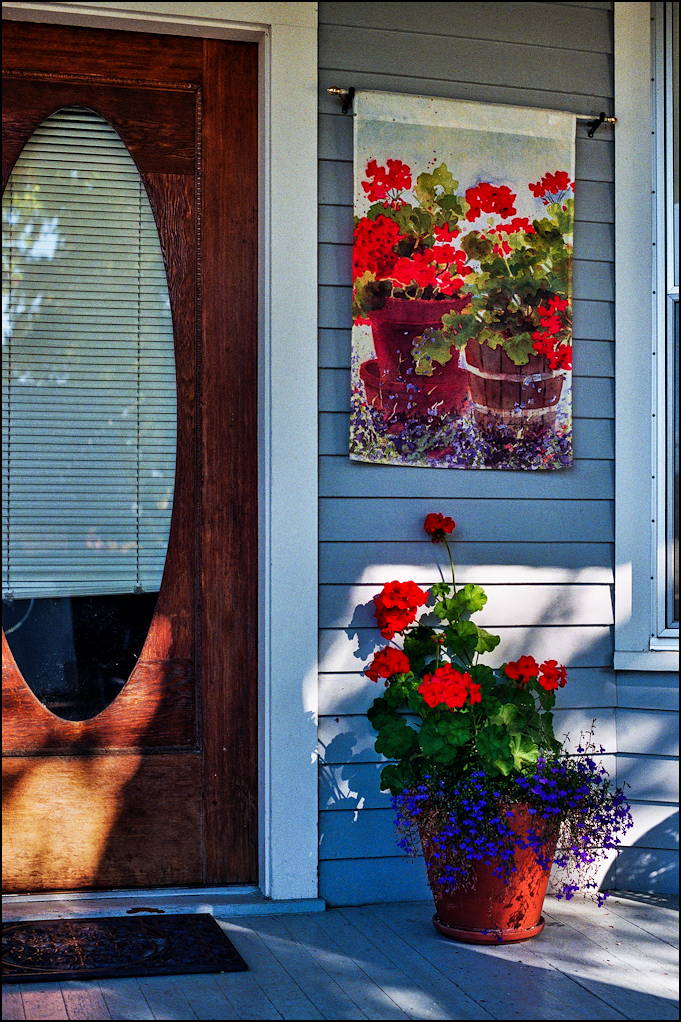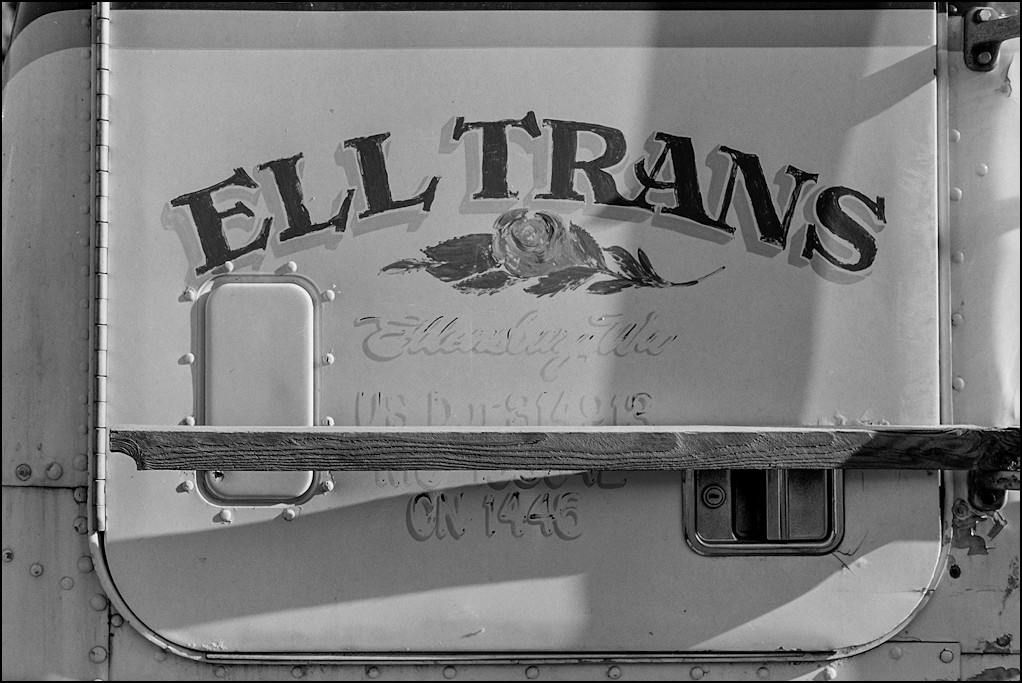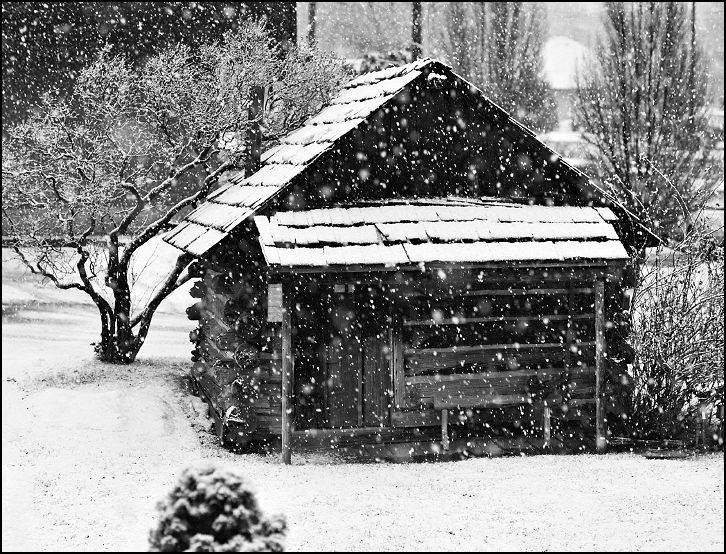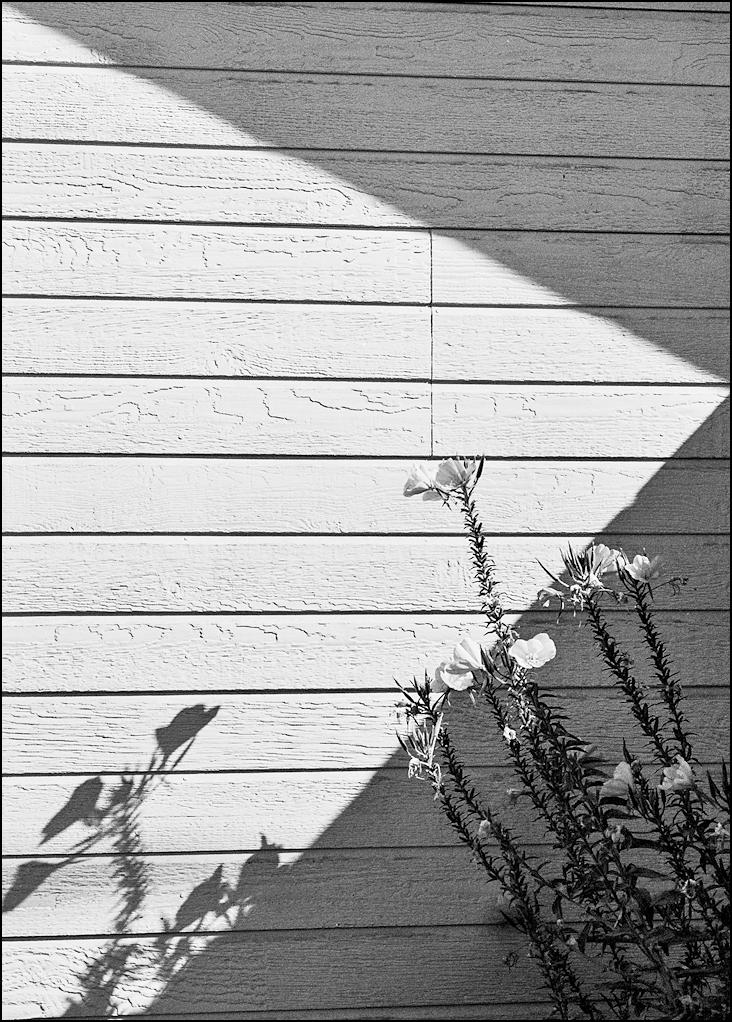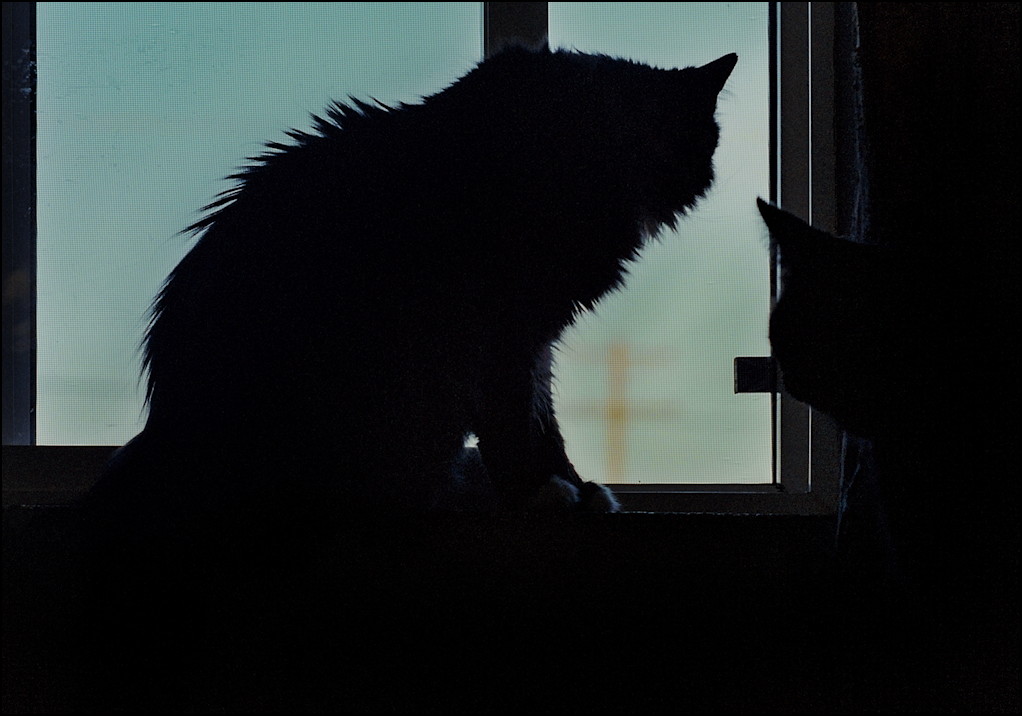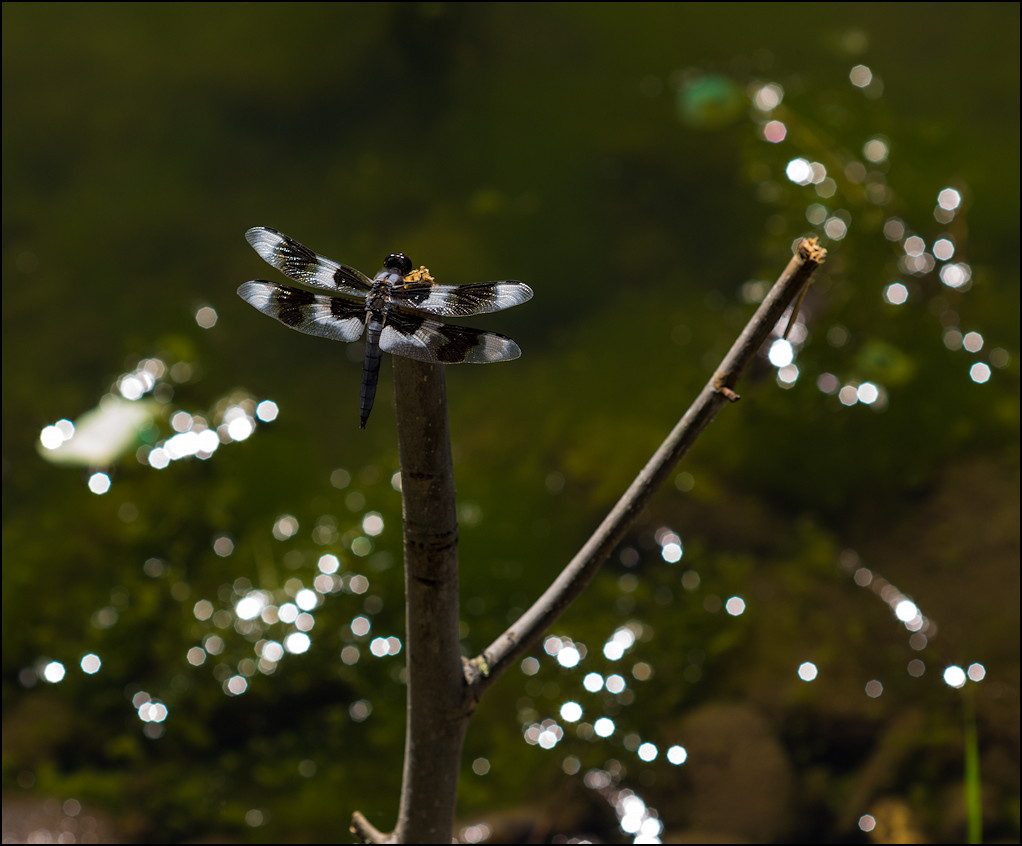nparsons13
Well-known
I love my Takumar lenses. I don't have the full range of them, but enough to give me something for a range of shooting conditions. And enough to give a sense of the special qualities of each. Here are a couple of shots with two quite different ones: the butterfly with the needle-sharp Super-Multi-Coated Takumar 28mm f/3.5 and the dove with the buttery bokeh of the Super-Multi-Coated Takumar 135mm f/2.5.
 Bench sitter by Noel Parsons, on Flickr
Bench sitter by Noel Parsons, on Flickr
 Dove by Noel Parsons, on Flickr
Dove by Noel Parsons, on Flickr
 Bench sitter by Noel Parsons, on Flickr
Bench sitter by Noel Parsons, on Flickr Dove by Noel Parsons, on Flickr
Dove by Noel Parsons, on Flickr


